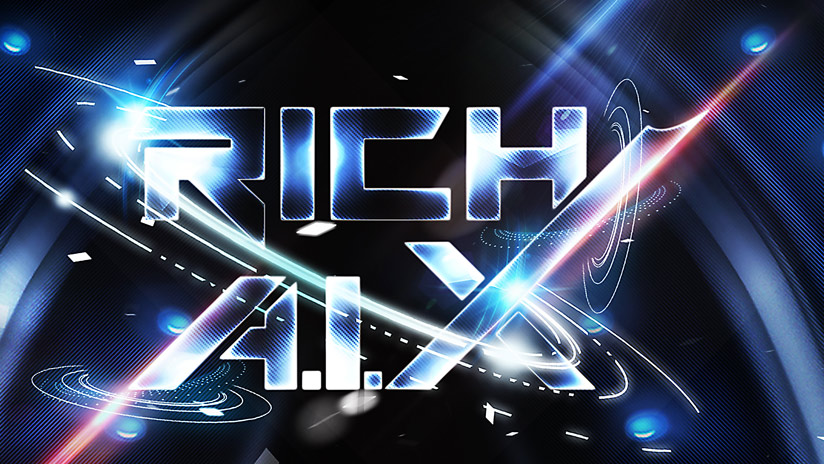AI (Artificial Intelligence) Generated Videos
AI-Generated Videos: A Comprehensive Overview
– Introduction
How AI-Generated Videos Work
AI-generated videos utilize several cutting-edge technologies, including:
1. Machine Learning & Deep Learning
– AI models are trained on vast datasets of videos, images, and text to understand patterns and generate content that mimics human-created videos.
2. Natural Language Processing (NLP)
– AI can analyze text inputs (e.g., scripts, prompts) and convert them into video scripts, subtitles, and even synthetic voiceovers.
3. Generative Adversarial Networks (GANs)
– GANs enable AI to create realistic videos by training two competing neural networks—the generator (which creates images/videos) and the discriminator (which evaluates their realism).
4. Neural Rendering
– AI can manipulate existing videos by replacing faces, modifying backgrounds, or enhancing image quality using neural rendering techniques.
5. Text-to-Video AI Models
– Some advanced AI models can generate complete videos from text descriptions, eliminating the need for extensive video production.
Types of AI-Generated Videos
1. Deepfake Videos
– Description: AI manipulates or replaces faces in videos to create hyper-realistic yet synthetic content.
– Uses: Entertainment, satire, filmmaking, social media content, and even misinformation.
– Technology Used: GANs, facial recognition, and neural rendering.
2. AI-Generated Animation
– Description: AI creates animated characters, scenes, and sequences without manual animation.
– Uses: Cartoons, explainer videos, marketing content, and video games.
– Technology Used: Deep learning, motion synthesis, and AI-assisted animation tools.
3. AI-Powered Video Editing & Enhancement
– Description: AI enhances video resolution, color corrects footage, removes backgrounds, and improves quality.
– Uses: Professional filmmaking, video restoration, upscaling old videos, and content creation.
– Technology Used: Neural rendering, deep learning, and computer vision.
4. Text-to-Video AI
– Description: AI generates short videos from written scripts, often adding visual elements, stock footage, and animations.
– Uses: News summaries, automated advertisements, educational content.
– Technology Used: NLP, machine learning, and AI-powered video generators (e.g., OpenAI’s Sora, Runway, Pika).
5. AI Voiceover & Lip Syncing
– Description: AI-generated voices are synchronized with facial movements to create realistic talking avatars.
– Uses: Virtual influencers, AI-generated news anchors, dubbing, and personalized video messages.
– Technology Used: Speech synthesis, deepfake voice technology, and lip-sync AI.
Popular AI Video Tools & Platforms
Several companies and platforms offer AI-powered video generation tools:
1. OpenAI Sora
– AI-powered video generation tool that creates high-quality, lifelike video clips from text prompts.
###2. Runway ML
– Offers AI-powered video editing, motion tracking, and text-to-video capabilities.
### **3. Synthesia**
– AI-driven video creation tool that generates professional-quality videos using synthetic avatars and AI voiceovers.
### **4. DeepBrain AI**
– Specializes in AI news anchors and automated video production for corporate and media industries.
### **5. Pika Labs**
– AI-driven platform for generating creative, animated, and stylized video content.
—
## **Applications of AI-Generated Videos**
### **1. Entertainment & Media**
– AI is used in filmmaking for scene generation, CGI effects, and even scriptwriting assistance.
– Deepfake technology has been used for movie de-aging effects and digital resurrection of actors.
### **2. Marketing & Advertising**
– AI-generated videos create personalized ads, product demos, and promotional content at scale.
### **3. Education & E-Learning**
– AI-generated instructional videos, virtual tutors, and training modules improve accessibility and engagement.
### **4. Social Media & Content Creation**
– Influencers and brands use AI to generate engaging videos for platforms like TikTok, Instagram, and YouTube.
5. News & Journalism
– AI-powered avatars deliver news updates, and AI-generated summaries provide automated video reporting.
6. Video Game Development
– AI assists in character animation, world-building, and cinematic storytelling in gaming.
Challenge & Ethical Concerns
1. Misinformation & Deepfakes
– AI-generated videos can be used for fake news, political manipulation, and identity fraud.
2. Copyright & Intellectual Property
– The use of AI-generated content raises concerns about ownership and fair use of media.
3. Bias in AI Models
– AI-generated videos may reflect biases present in training data, leading to ethical dilemmas.
Authenticity & Trust Issues
– As AI improves, distinguishing between real and AI-generated videos becomes increasingly difficult.
#AI, #artificialintellegence, #videos











